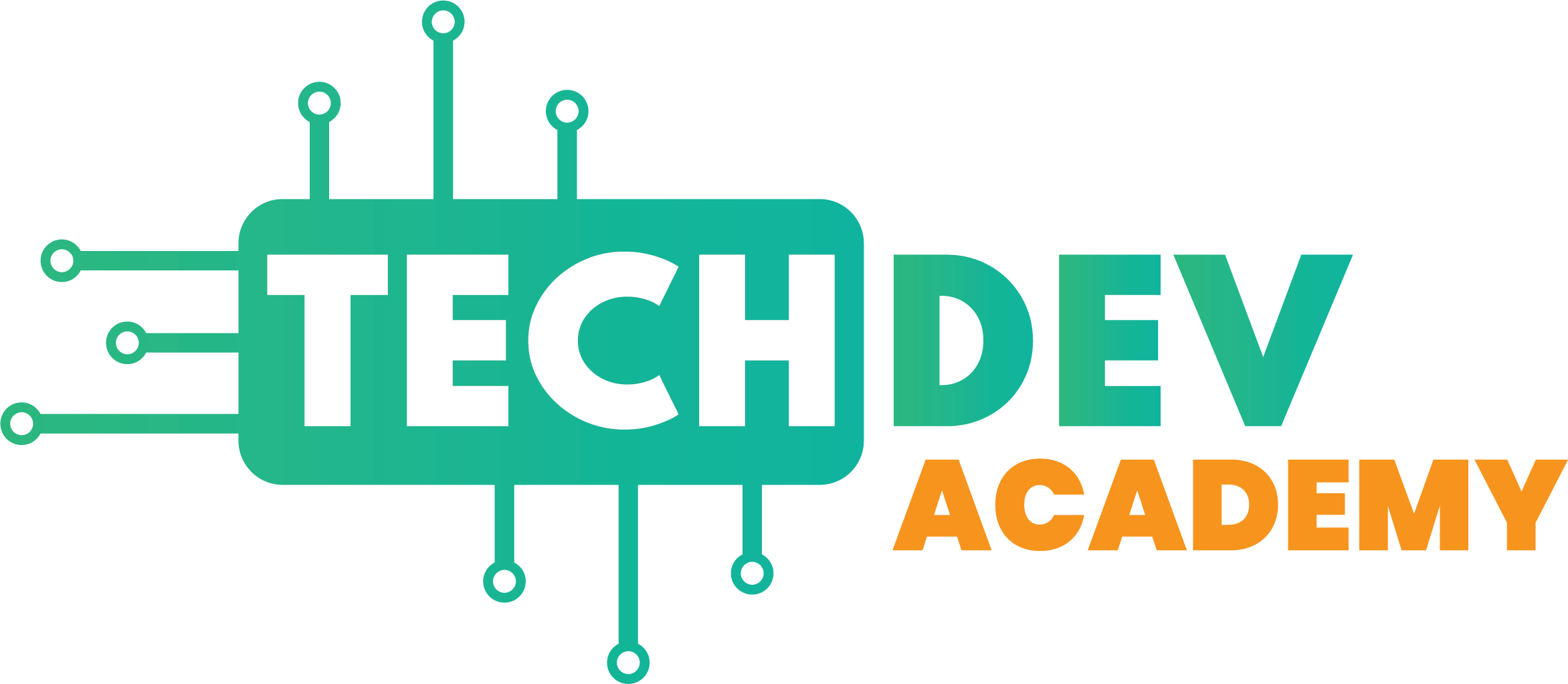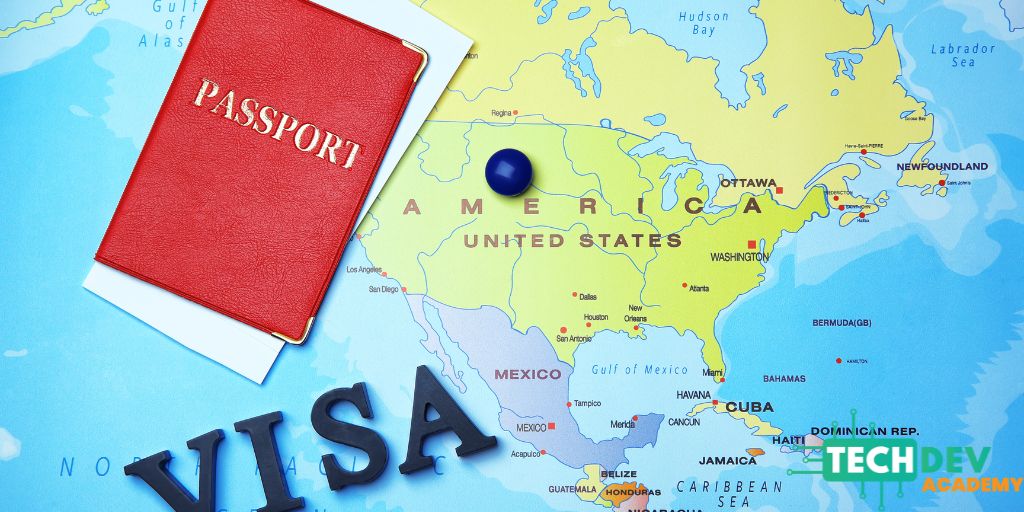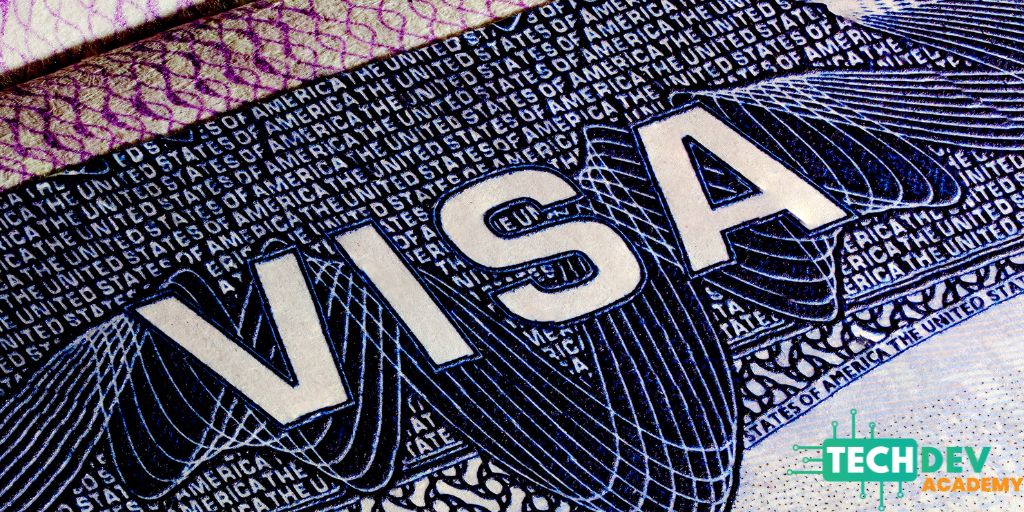Congratulations! You have been accepted to a U.S. college, and now it’s time to navigate the next critical step: securing your student visa. The U.S. visa process can seem overwhelming, but with proper guidance, you can handle it efficiently. This article will provide student visa tips to help you successfully obtain your visa, understand the student visa process, and be well-prepared for your visa interview.
This is what you will get in this article: we will walk you through the necessary steps, from receiving your I-20 visa guide to preparing for the visa interview. You will also learn about visa interview tips for students and common pitfalls to avoid along the way. Let’s see how you can make your student visa journey smooth.
Understanding the U.S. Student Visa Process
Once you have received your college acceptance letter, the next step is to get a U.S. student visa. Most international students will need to apply for an F1 visa to study in the United States. The F1 visa application process involves several stages, beginning with your college sending you the I-20 form. This form is your official certificate of eligibility to apply for a student visa, and it’s a crucial part of the student visa process.
Before applying for your student visa, ensure you have all necessary documentation, including your passport, the I-20 form, and proof of financial support to show you can cover tuition and living expenses during your studies. You will need to pay the SEVIS fee and then schedule a visa interview with the U.S. Embassy or Consulate in your country.
Finalizing Your F1 Visa Application
Once your visa interview is complete, the embassy or consulate will determine whether you are eligible for a U.S. student visa. If approved, you will receive your student visa, typically with a validity of up to five years, depending on your program of study and your home country’s specific guidelines. However, it’s important to understand that approval does not guarantee entry into the U.S. You must still be cleared by U.S. Customs and Border Protection upon arrival.
Tracking Your Visa Status: After your visa is approved, keep track of its status using the tracking number provided by the embassy. You may be required to pay for the return shipping of your passport and visa documents.
Check for Visa Errors: Before you leave for the U.S., verify that all information on your visa and passport is correct. If there are any mistakes, contact the consulate immediately to correct them. Even small errors can cause delays at the port of entry, so it’s best to address them early.
Arrival in the U.S.: First Steps
Once you arrive in the U.S., your journey as a student has just begun. After your visa is stamped at the airport, you will go through customs, where you will present your I-20 form and other necessary documents. Here’s what to expect, along with some important visa interview tips for students that can help you prepare for any additional questions:
Port of Entry Procedures
The customs officer will review your documents and may ask questions about your studies. It’s essential to have all your documents readily available, including your I-20 form, visa, passport, and financial proof.
SEVIS Registration:
After arrival, you will need to complete your SEVIS registration with your designated school official (DSO) at your university. This is a critical step to ensure your SEVIS record is updated with your arrival date and U.S. contact information.
Receive a Social Security Number (SSN)
If you plan to work on campus or need an SSN for other purposes, you must apply for one through the Social Security Administration. As an F1 student, you are eligible for an SSN under certain conditions, so be sure to follow your school’s guidelines on how to apply.
Maintaining Compliance with Your Student Visa
It’s essential to comply with the rules of your student visa throughout your stay in the U.S. Violating visa conditions could result in serious consequences, including deportation. To ensure compliance, keep these tips in mind:
Report Address Changes
You must report any changes in your address within 10 days of moving. Your school’s international office should be notified so your SEVIS record can be updated.
Avoid Unauthorized Work
Unauthorized work is one of the most common reasons for visa violations. Always ensure that you are working within the allowed conditions, whether it’s on-campus employment or an authorized off-campus program like Curricular Practical Training (CPT) or Optional Practical Training (OPT).
Student Visa Tips After Getting Accepted to a US College
1. Prepare Your Documents
Have your I-20, passport, and financial statements ready for the visa interview.
2. Schedule the Interview Early
Embassy slots fill up fast; book as soon as you get your acceptance letter.
3. Practice Interview Questions
Be ready to answer why you chose that college and how you plan to fund your studies.
4. Be Honest & Confident
Answer clearly and confidently; visa officers value transparency and sincerity.
5. Follow Up After the Interview
Track your visa status and ensure you receive your documents in time.
Stay Full-Time
U.S. immigration law requires all F1 students to maintain full-time enrollment in a program of study. If you fail to remain a full-time student, your visa status could be compromised. Talk to your DSO if you need to take fewer than full-time courses for any reason.
Annual Check-Ins
Many universities require F1 students to check in annually to confirm that they are still enrolled and maintaining their visa status. Be sure to attend these meetings and submit any required documents or updates.
Common Challenges in the Student Visa Process
Though the 1-20 visa guide is relatively straightforward, it can still present challenges. Here are some issues students frequently encounter, along with tips on how to resolve them:
Visa Denial
The most common reason for denial is failure to demonstrate intent to return home after your studies. U.S. visa officers need to see that you plan to return to your home country once you complete your education. Be prepared to provide clear ties to your home country, such as family, property, or a job offer after graduation.
Missing Deadlines
Delays in completing forms or providing documents can result in missed deadlines. Always stay organized and ensure that your paperwork is submitted well before deadlines to avoid delays in processing your student visa.
Financial Proof Issues
One of the most common issues is failing to show enough financial proof to support your education and living expenses. Be sure to gather updated bank statements, affidavits of support, and any scholarship documentation to back up your financial claims.
Visa Status and Travel Abroad
It’s important to keep your student visa process intact, especially if you plan to travel during your studies. If you need to leave the U.S. for any reason (such as a family emergency or vacation), ensure that you have the proper documentation to re-enter.
- Traveling While Studying: If you leave the U.S. while on an F1 student visa, make sure you have a valid visa and the necessary documents to re-enter. If your visa has expired or if you have changed schools, you may need to apply for a new visa before returning.
- Return for Your Studies: If you leave the U.S. after completing your studies, your F1 visa application typically expires 60 days after your program ends. During this time, you can either prepare to depart the U.S. or apply for another visa status if you wish to stay longer for work or another program.

Conclusion
In conclusion, securing a student visa is just the beginning of your journey to studying in the U.S. By following the student visa tips shared in this article, you will gain a clearer understanding of the F1 visa application process and feel more confident during the visa interview. Remember, staying organized, adhering to all instructions, and keeping track of your documents are key to ensuring a smooth experience. Meeting all requirements and staying compliant with U.S. immigration laws will make your academic journey much easier. The process may seem overwhelming, but by being proactive and prepared, you can navigate each step successfully. Whether it’s gathering financial documents, preparing for the visa interview, or understanding the timelines, every action you take is one step closer to achieving your goal of studying in the U.S.
FAQs
What documents do I need for a student visa?
You need a valid passport, Form I-20, proof of financial support, SEVIS fee receipt, visa application form (DS-160), and visa fee receipt.
How long does the visa process take?
It can take from a few weeks to a couple of months, depending on the embassy’s processing time.
What should I expect during the interview?
You will be asked about your studies, finances, and plans to return home after your program.
What happens if my visa gets delayed?
Contact the embassy for updates. You may need to provide more documents or attend a follow-up interview.
Can I work in the U.S. on a student visa?
Yes, you can work on campus up to 20 hours per week during school terms, and full-time during breaks.



